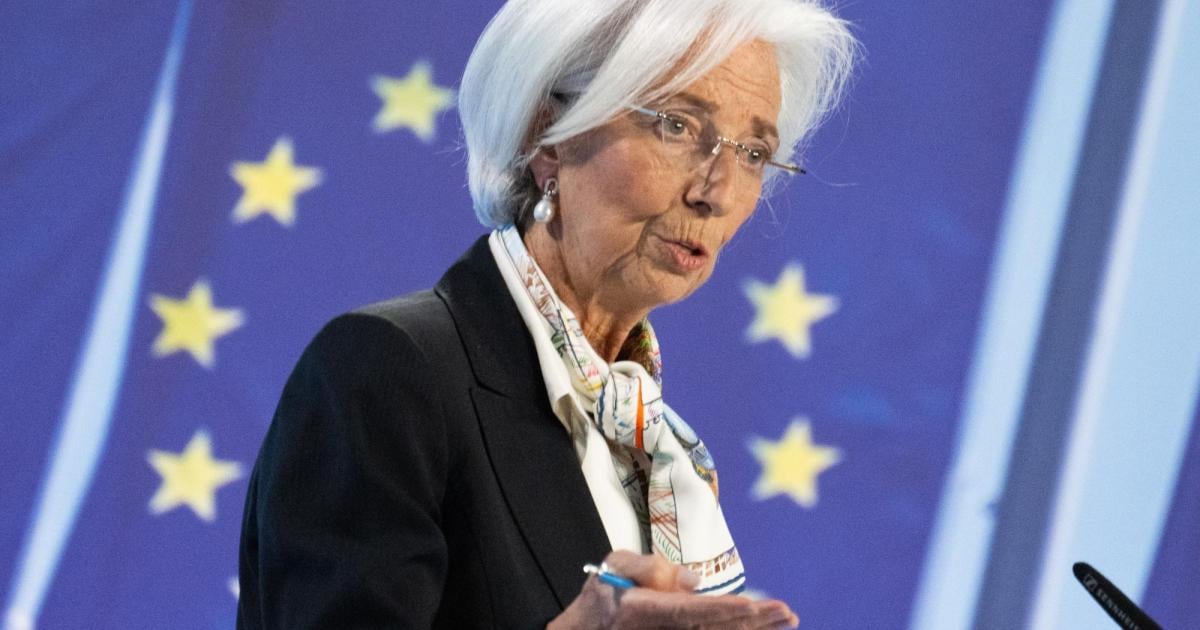The European Central Bank (ECB) in Frankfurt has traditionally followed the lead of the US Federal Reserve (Fed) when it comes to adjusting interest rates. However, this dynamic may be reversed for the first time as the US economy continues to thrive while Europe faces economic downturns.
The US economy is experiencing a surge in growth, with inflation rising from 3.2 percent in February to 3.5 percent in March. As a result, the first expected interest rate cut in the spring may be delayed until September. In contrast, Europe is facing challenges, with Germany entering a recession and Austria not far behind.
Financial market experts predict that an interest rate cut of 0.25 percent will take place in June for the eurozone. Inflation in the region has been decreasing month by month, with the rate dropping to 2.4 percent in March. Despite this, ECB President Christine Lagarde and other eurozone central bank heads are preparing for a potential interest rate hike in June. It is believed that an interest rate cut could alleviate some of the economic challenges faced by many European countries at this time.
There are differing opinions on when interest rates should be cut, however. Some experts believe that it would be beneficial for the ECB not to wait for inflation to fall exactly to 2% before taking action, as previous interest rate increases continue to have impacts on the economy today. This proactive approach could enhance the ECB’s credibility in financial markets worldwide.
On the other hand, others caution against cutting interest rates too early, urging the ECB to wait until government inflation aids expire before making any decisions on price stability accurately assessed. Early cuts could potentially fuel inflation and pose challenges for economic recovery efforts.
In conclusion, while there are differing opinions on when and how much interest rates should be cut, both perspectives offer valuable insights into how these adjustments might affect future economic conditions across Europe and beyond.
It is worth noting that while traditional monetary policy tools such as lowering key interest rates have been used extensively during recent years following financial crises globally and particularly during COVID-19 pandemic crisis as well as slow recovery pace of economies worldwide; they are no guarantee of success or full recovery especially if they are not combined with other macroeconomic policies such as fiscal stimulus or structural reforms.


